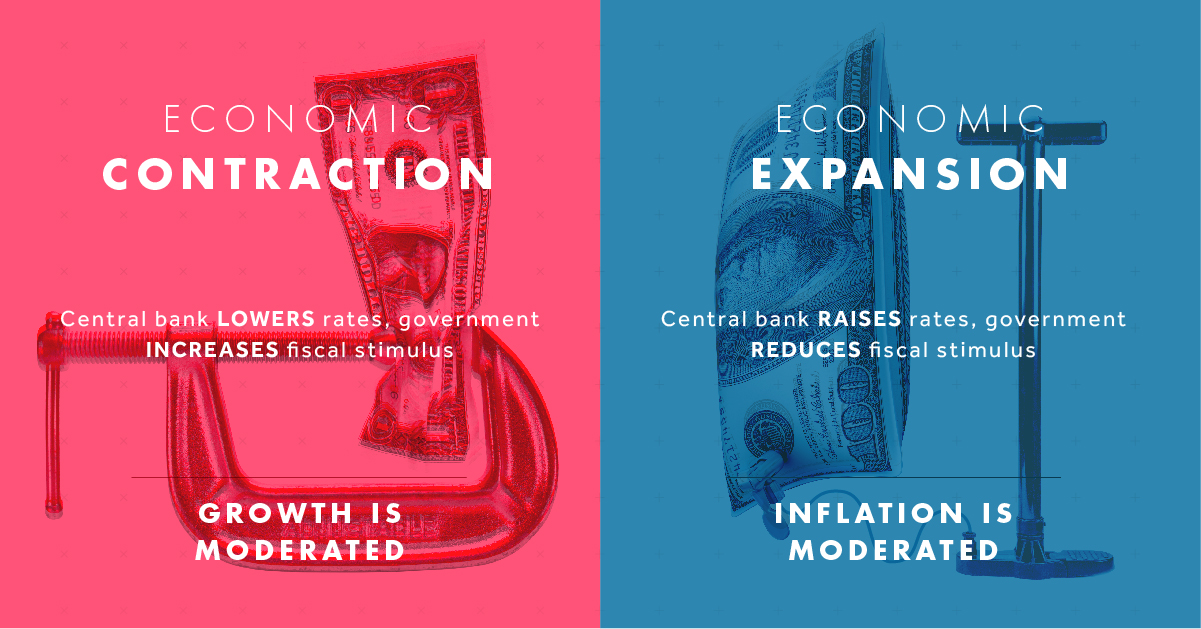Martin Lewis says student loan statements are ‘dangerous’ and push you into making bad financial decisions

STUDENT loan statements are dangerous, push people to make bad financial decisions and should be re-named, says financial expert Martin Lewis.
A new report out today shows that thousands of students and graduates have given the thumbs up to a radical design of the statement.

Consumer website MoneySavingExpert and the Russell Group of universities launched the new version in February and tested it on almost 6,000 people.
They are now urging the Government to adopt the new statement after overwhelmingly positive feedback to the new statement.
“A more accurate name for the student loan system would be a ‘graduate contribution’, as what counts most isn’t what’s owed but what’s repaid, which depends almost entirely on earnings.
“Yet the last year’s annual repayment is only mentioned in passing, and there’s no attempt to explain total repayments over the life of the loan,” says Lewis.
How Martin Lewis wants to change student loan statements
THE new statement focuses on:
- Repayments to be made, more than the debt. For the majority of university leavers, their outstanding ‘debt’ is a mostly meaningless figure that bears only a loose resemblance to what they need to repay. However, this figure, and the interest added, is the primary data given on the current statement – leaving many unnecessarily scared.
- Details how the repayments actually work. Today’s university leavers repay 9 per cent of everything earned above a threshold, currently £25,725 (in England & Wales) for 30 years, unless they clear the debt before that. So whether you owe £10,000, £50,000 or £3 million – with a £30,000 salary, you repay £385 a year. The only impact the size of the ‘debt’ has is whether you’ll clear what you owe before it wipes.
- What contributions are made each month, and over the year. It shows how much graduates are actually repaying now on a monthly basis, instead of a long list of figures.
- Predicted total cost of higher education. As it’s predicted that 83 per cent of university leavers will keep paying for the full 30 years, the total cost is often not related to the debt. The statement estimates the total amount they will repay within the 30 years, both in cash terms and real terms while factoring in inflation – based on their earnings trajectory.
University leavers repay 9 per cent of everything earned above a threshold, currently £25,725 (in England & Wales) for 30 years, unless they clear the debt before that.
So whether you owe £10,000, £50,000 or £3 million – with a £30,000 salary, you repay £385 a year.

For graduates earning less than £40,000 it might be better not to overpay your loan yet current statements make this hard to work this out.
“Focusing on the wrong info can have damaging consequences for individuals.
“One woman told me how the fear of the growing interest on her statement meant she used an inheritance to overpay thousands.
“But as she was in a low-earning profession, with little likelihood of ever clearing much, her overpayment wouldn’t have any impact on what she’d repay in future – so she’d simply flushed the cash away.” said Lewis.
“The current student loan statement is a blunt, misleading tool. And worse, it risks wrongly deterring many from a future of higher education,” says Lewis.



